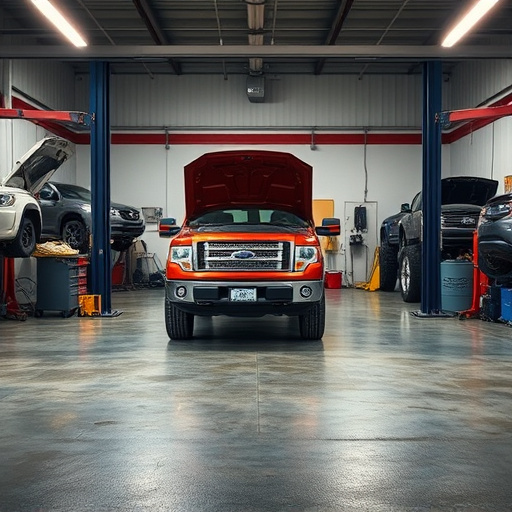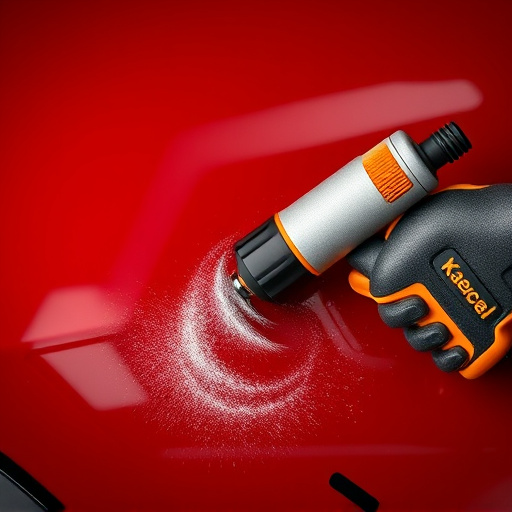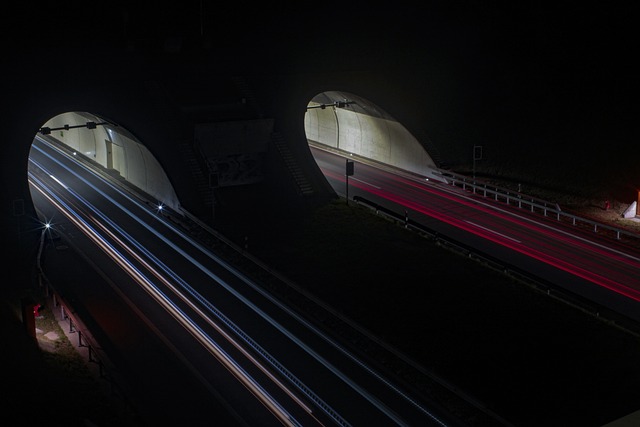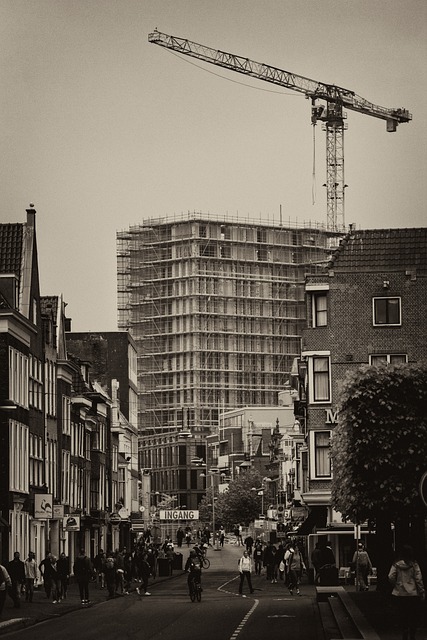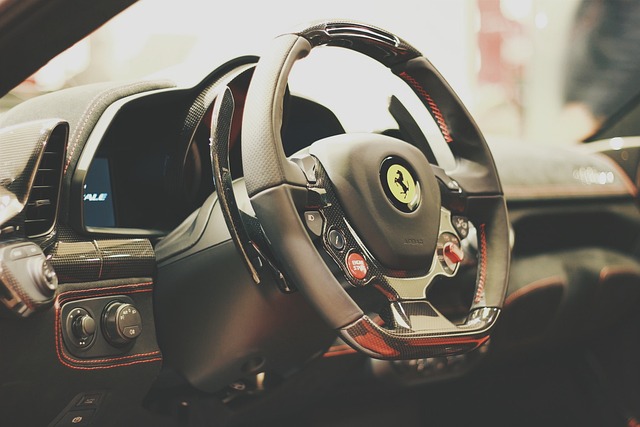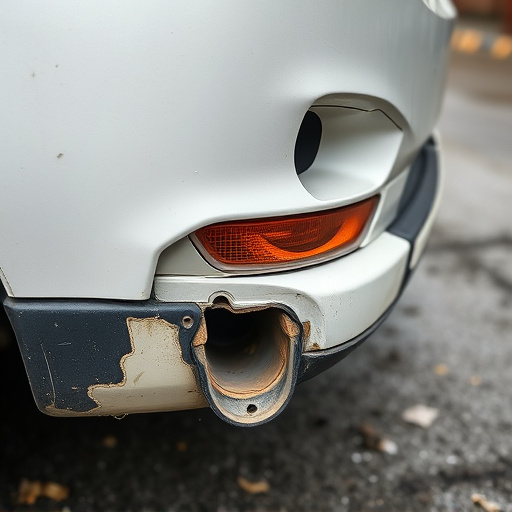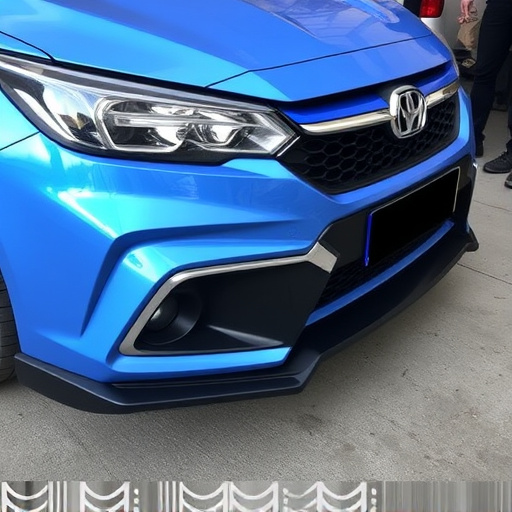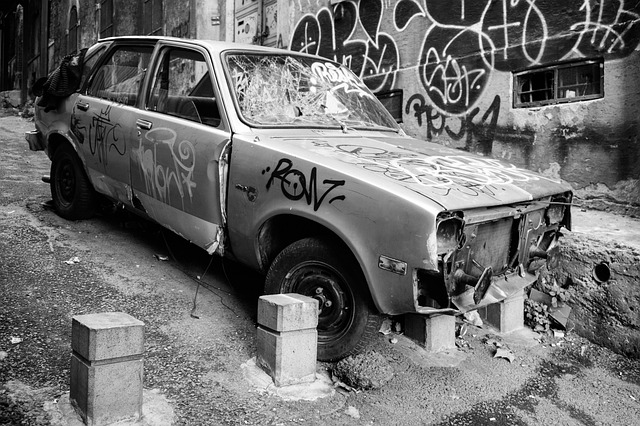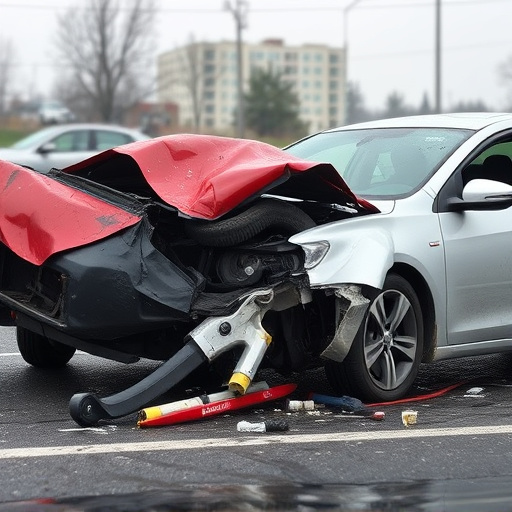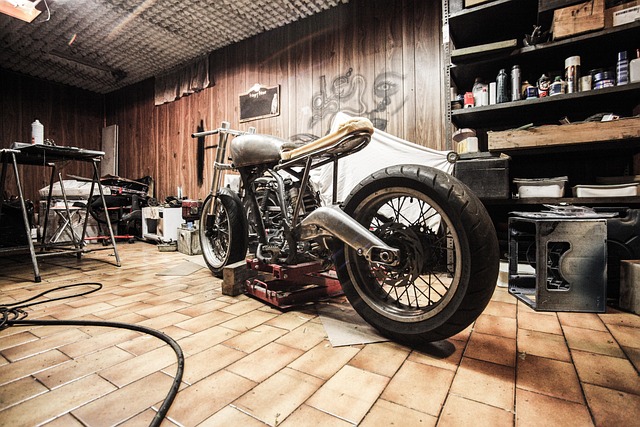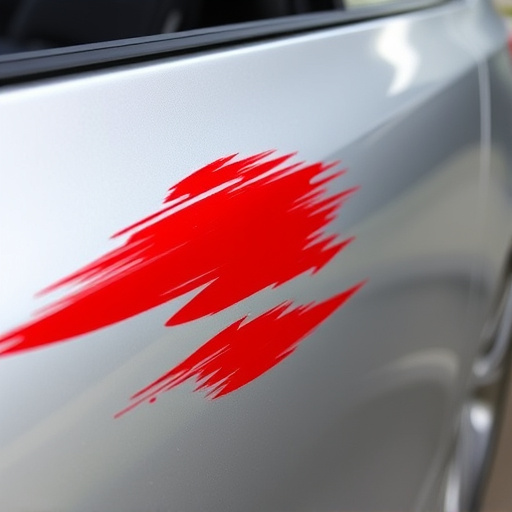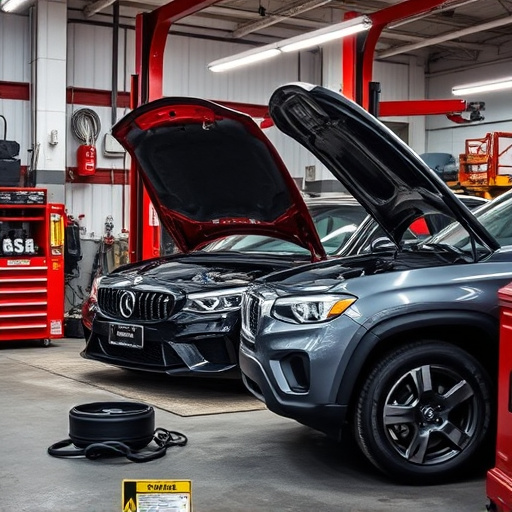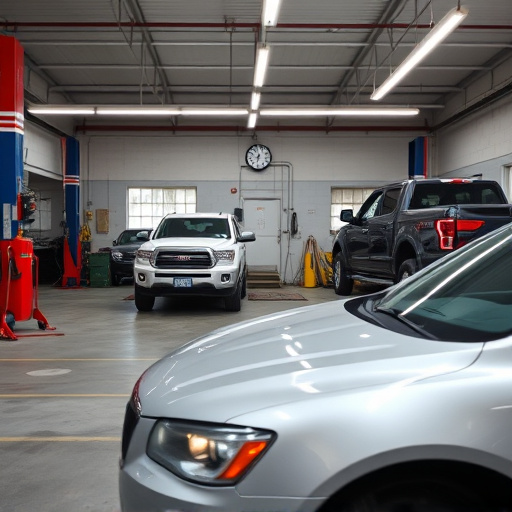Custom fabrication collision work is a specialized auto repair and restoration process that utilizes advanced engineering and skilled craftsmanship to create or restore unique vehicle components. Precision is key, with every detail measured to ensure structural integrity and aesthetic perfection. Best practices include using state-of-the-art equipment, thorough planning, high-quality materials, and strict quality control to meet or exceed industry standards, saving time and costs while fostering customer trust and excellence within the industry.
Precision is paramount in custom fabrication collision work, where intricate components demand meticulous attention. This article delves into the intricacies of this specialized field, exploring how precise measurements and techniques impact final outcomes. We’ll dissect the process, from understanding custom fabrication collision work’s unique challenges to uncovering best practices for achieving unparalleled accuracy. By mastering precision, manufacturers can elevate their craftsmanship and deliver exceptional, tailored results.
- Understanding Custom Fabrication Collision Work
- The Impact of Precision in Collision Work
- Best Practices for Achieving High Precision in Custom Fabrication Collision
Understanding Custom Fabrication Collision Work
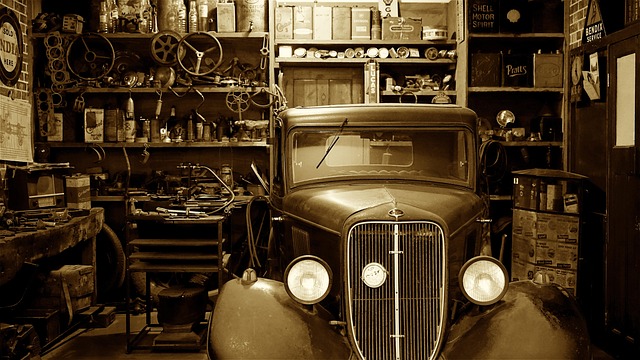
Custom fabrication collision work is a specialized process that involves precise engineering and craftsmanship to create or restore unique automotive components. It is a critical aspect of both auto collision repair and car restoration, where original equipment manufacturing (OEM) parts may not be readily available or suitable for specific vehicle models. This intricate craft requires skilled technicians who possess the expertise to build or rebuild parts from scratch or modify existing ones to meet precise specifications.
In the realm of auto body restoration, custom fabrication collision work is essential in preserving historical vehicles’ authenticity and aesthetic appeal. Whether it’s creating a one-of-a-kind part for a classic car or restoring a damaged component to its original condition, precision is paramount. Every detail, from measurements to material selection, needs to be meticulously considered to ensure the final product aligns perfectly with the vehicle’s design and performance requirements, much like solving an intricate puzzle.
The Impact of Precision in Collision Work
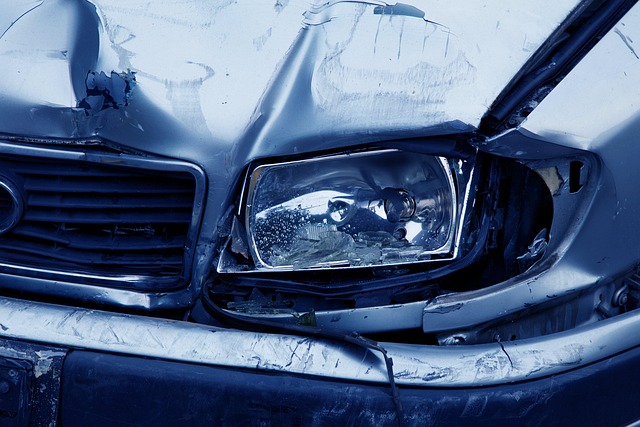
In the realm of custom fabrication collision work, precision is the cornerstone that separates mediocre results from exceptional ones. Every detail, every millimeter, matters when crafting or repairing components like vehicle bodies and bumpers. The impact of this meticulousness is profound; it ensures not just structural integrity but also aesthetic perfection. A precise approach allows for accurate replication or restoration, respecting the original design intent—be it a vintage car’s classic curves or a modern SUV’s sleek lines.
Furthermore, precision in collision work translates directly into cost-effectiveness and time-saving benefits for both fabricators and vehicle owners. In the context of vehicle repair, whether it’s a simple bumper repair or a complex body restoration, precise techniques minimize material waste, reduce the need for excessive rework, and speed up turnaround times. This not only satisfies customers seeking quality and efficiency but also sets high standards in the custom fabrication industry, fostering trust and a reputation for excellence.
Best Practices for Achieving High Precision in Custom Fabrication Collision

Achieving high precision in custom fabrication collision work is paramount to ensuring quality and safety. Best practices include utilizing state-of-the-art equipment calibrated regularly for accurate measurements. Technicians should undergo specialized training in precision techniques, focusing on intricate detail and minimal tolerances. Before starting any custom fabrication collision repair, a thorough inspection and planning phase is crucial. This involves using advanced software to map out the repairs, ensuring every angle, curve, and contour is perfectly replicated.
Additionally, using high-quality materials and adhering to strict quality control measures during the fabrication process guarantees precision. In the context of auto body painting and tire services, even minor deviations can significantly impact the final aesthetic and structural integrity. Therefore, consistent practice of these protocols ensures that every collision repair meets or exceeds industry standards, resulting in exceptional outcomes for clients requiring precise custom fabrication.
Precision is paramount in custom fabrication collision work, ensuring optimal results and minimizing errors. By understanding the intricacies of this process and implementing best practices, fabricators can achieve remarkable accuracy, leading to higher-quality end products. Investing in advanced technologies, maintaining rigorous quality control measures, and continually training personnel are key strategies to excel in this specialized field, ultimately elevating the standards of custom fabrication collision work across industries.
